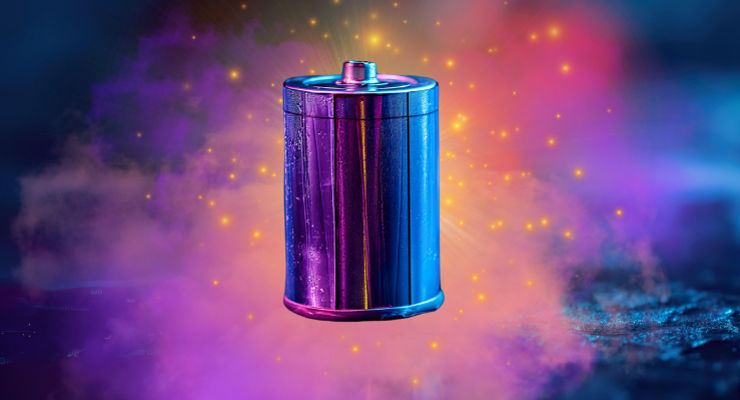Breakthroughs in Sodium-Ion Battery Technology
Material Innovations and Commercialization Insights (Part 1)
Sodium-ion batteries (SIBs) are gaining traction as a cheaper, safer alternative to lithium-ion batteries (LIBs). With abundant, lower-cost materials like sodium and aluminum, SIBs reduce production expenses by up to 10% compared to LIBs. Although their energy density is slightly lower, SIBs offer a wider voltage window and enhanced safety, making them ideal for specific energy storage needs.
Recent advances in cathode materials, such as Prussian Blue Analogs (PBAs) and polyanionic compounds, have significantly improved the performance and commercial potential of SIBs. These materials offer good cycling stability and lower production costs, although challenges like thermal stability and electronic conductivity remain. On the anode side, hard carbon is emerging as the preferred material due to its efficiency and long life cycle.
Despite still being in the early stages of commercialization, SIBs are set to play a key role in stationary energy storage systems and other applications where cost and safety outweigh the need for extreme energy density. With continuous research and development, SIBs could become the go-to technology for affordable, sustainable energy storage solutions. Stay tuned for Part 2, where we delve into SeLian Energy’s cell characterization!










